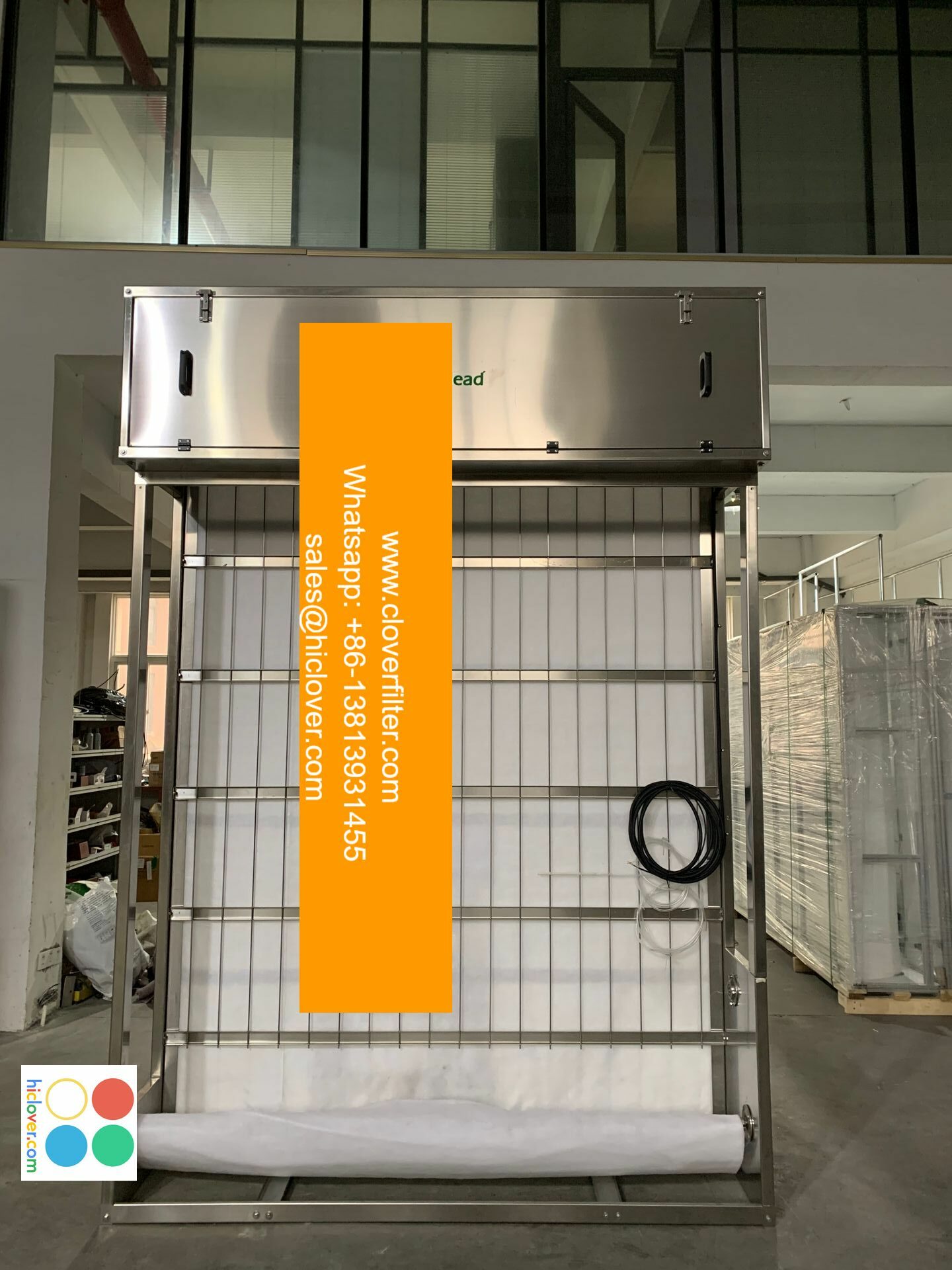The Cost of Contamination: How Cleanroom Air Filtration Systems Can Save Your Business Money and Reputation

The Cost of Contamination: How Cleanroom Air Filtration Systems Can Save Your Business Money and Reputation
Introduction
In today’s highly competitive and regulated industries, maintaining a clean and controlled environment is crucial for success. Contamination can have devastating consequences, including product recalls, reputational damage, and financial losses. Cleanroom air filtration systems play a vital role in preventing contamination, ensuring product quality, and protecting your business’s reputation and bottom line.
The Cost of Contamination
Contamination can occur in various forms, including airborne particles, moisture, and chemical residues. These contaminants can compromise product quality, damage equipment, and even pose health risks to employees and customers. The cost of contamination can be significant, including:
- Product recalls: A single contaminated product can lead to costly recalls, reputational damage, and financial losses.
- Equipment downtime: Contamination can cause equipment failure, resulting in lost production time and revenue.
- Employee health risks: Exposure to contaminants can lead to health issues, absenteeism, and increased healthcare costs.
- Reputation damage: Contamination incidents can damage your business’s reputation, leading to lost customer trust and loyalty.
- Removing airborne particles: High-efficiency filters capture particles as small as 0.3 microns, reducing the risk of contamination.
- Controlling humidity: Maintaining optimal humidity levels prevents moisture buildup, which can lead to contamination.
- Monitoring air quality: Real-time monitoring ensures that air quality meets regulatory standards, reducing the risk of contamination.
- Pharmaceuticals: Cleanrooms are critical in pharmaceutical manufacturing, where product purity and sterility are paramount.
- Biotechnology: Cleanrooms are used in biotechnology research and development, where contamination can compromise experimental results.
- Electronics: Cleanrooms are necessary in electronics manufacturing, where contaminants can damage sensitive components.
- Food and Beverage: Cleanrooms are used in food and beverage processing, where contamination can compromise product quality and safety.
- Reduce product recalls: Minimize the risk of contaminated products and recalls.
- Increase equipment uptime: Prevent equipment failure and downtime.
- Protect employee health: Ensure a safe working environment for employees.
- Maintain a strong reputation: Build trust with customers and stakeholders by demonstrating a commitment to quality and safety.
How Cleanroom Air Filtration Systems Can Help
Cleanroom air filtration systems are designed to remove contaminants from the air, ensuring a clean and controlled environment. These systems can help prevent contamination by:
Application Areas
Cleanroom air filtration systems are essential in various industries, including:
Conclusion
The cost of contamination can be significant, but investing in cleanroom air filtration systems can help prevent contamination, ensure product quality, and protect your business’s reputation and bottom line. By choosing the right cleanroom air filtration system for your industry and application, you can:
Keywords: Cleanroom air filtration systems, contamination, product quality, reputation, bottom line, pharmaceuticals, biotechnology, electronics, food and beverage, airborne particles, humidity, air quality, real-time monitoring.
I’m excited to help! What would you like to talk about? Do you have a specific topic in mind, or are you looking for some conversation ideas?


